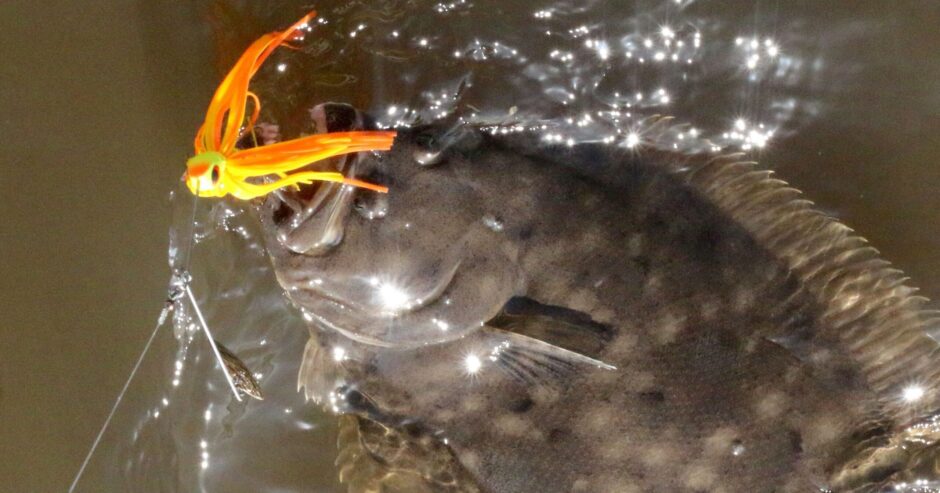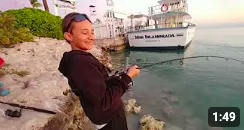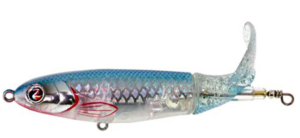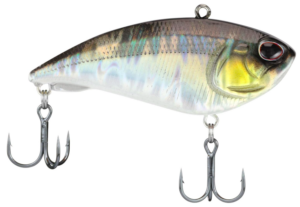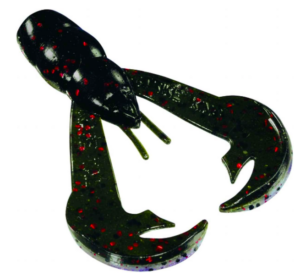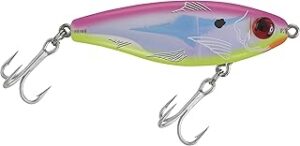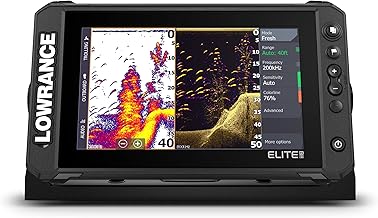Casting
Casting a variety of lures or even a jighead and live bait and working the bait back in is an effective way to present your bait to as many fish as possible. Because flounder can often be found just resting on the bottom, you can usually catch more fish by fan casting spots and slowly working your baits back along the bottom.
Flounder Gigging
Flounder gigging can be very exciting. Make sure you check the local regulations for spearing before you start flounder gigging. A gig is just a pole with a forked end and it usually contains one or more sharp spears that are called barbed tines. When you go flounder gigging, you’re going to want to make sure your gig or spear is sharp. You will also want to have good lighting and all of the safety equipment to make a night trip successful. Yes, you will be gigging flounder at night in shallow bays. It can be awesome.
Still Fishing
Still fishing works great in areas that are known for holding a lot of fish or in areas that fish are known for passing through. The passes, mouths of smaller inlets and canals and bridges are some good areas to fish during tidal changes. These areas that have water that pulls through them will usually be home to a lot of fish and still fishing can be very productive. Pick the wrong spot though and still fishing is going to prevent you from finding more fish and will result in you catching less fish.
Drifting
Drifting is a great way to present your baits to more fish. Find some current and drift with the tide. This is a very popular technique and it is very effective.
Jigging
Flounder will usually be found right on the bottom, so you are going to want to present your baits down on the bottom. Whether you are using lures or live bait, you can jig your bait along the bottom to cover some water and find some hungry flounder.
